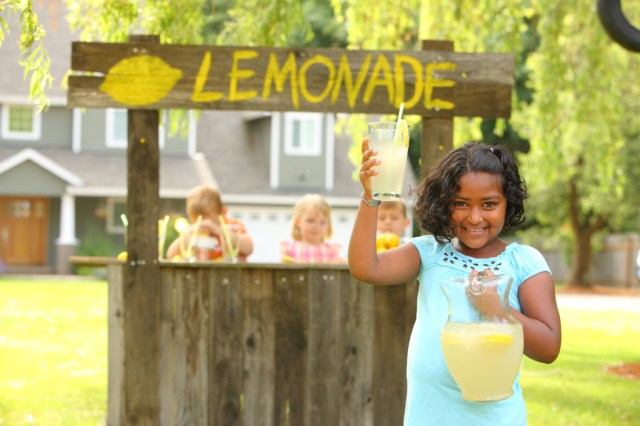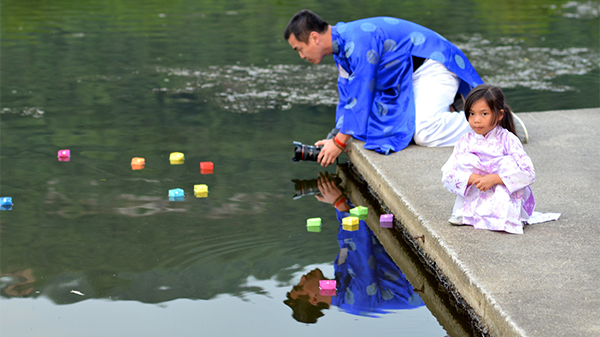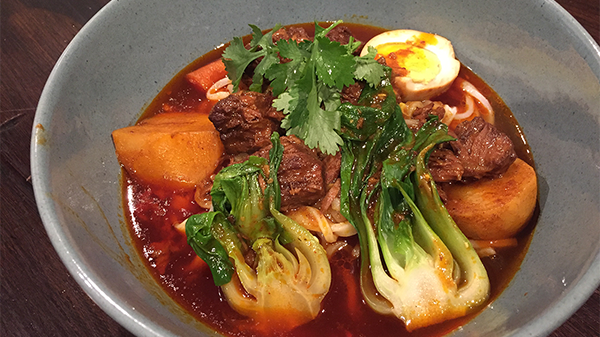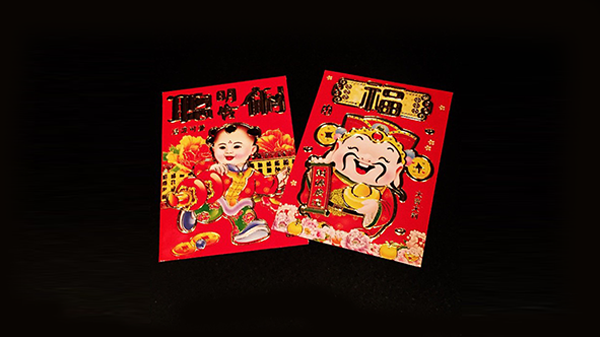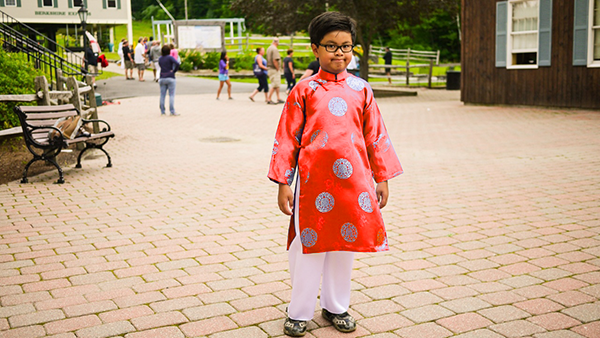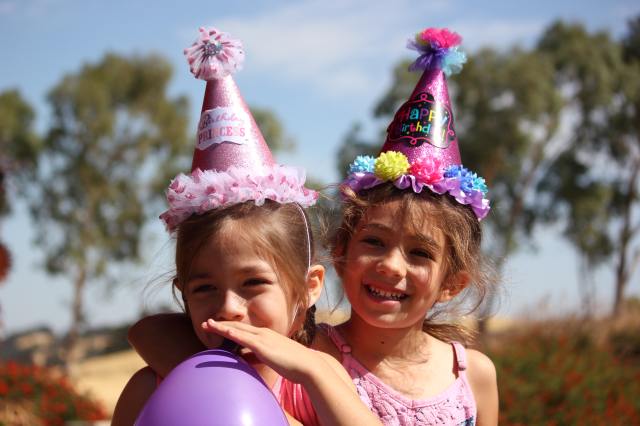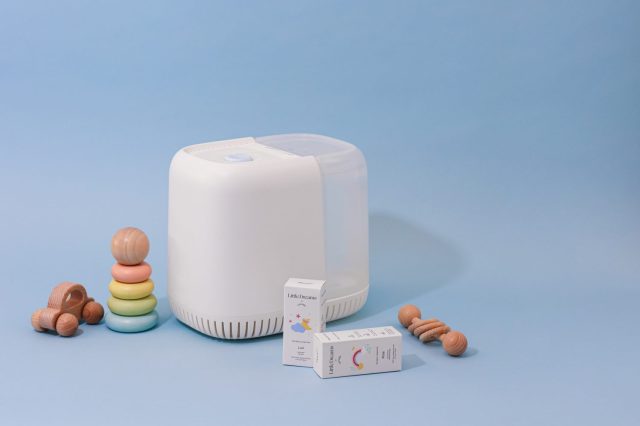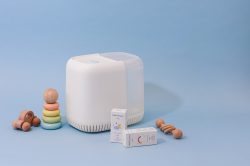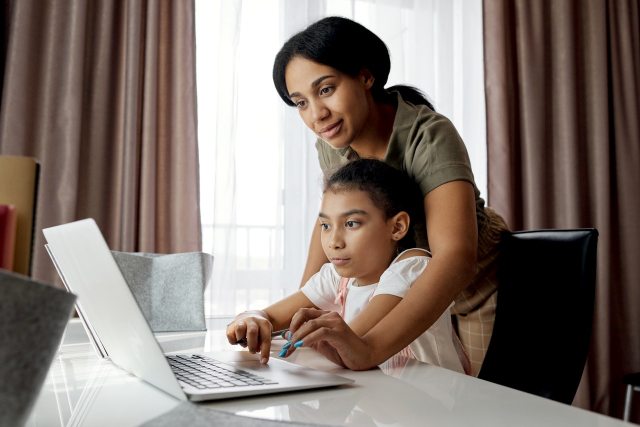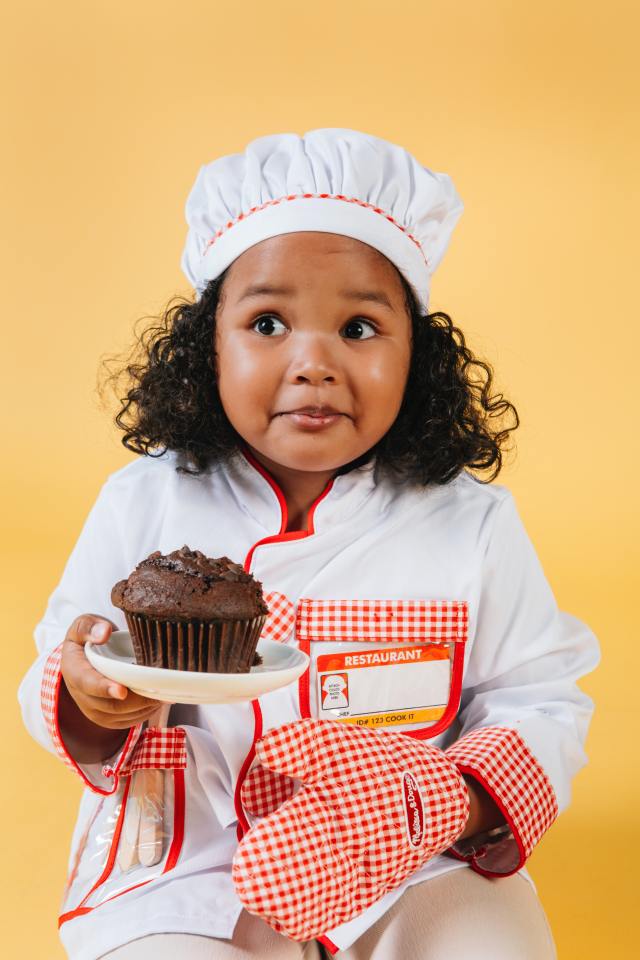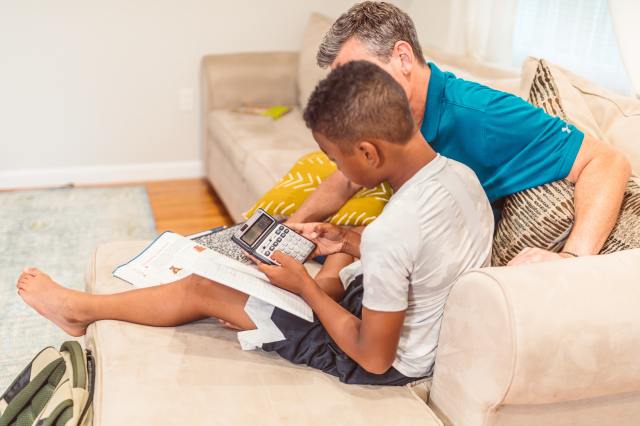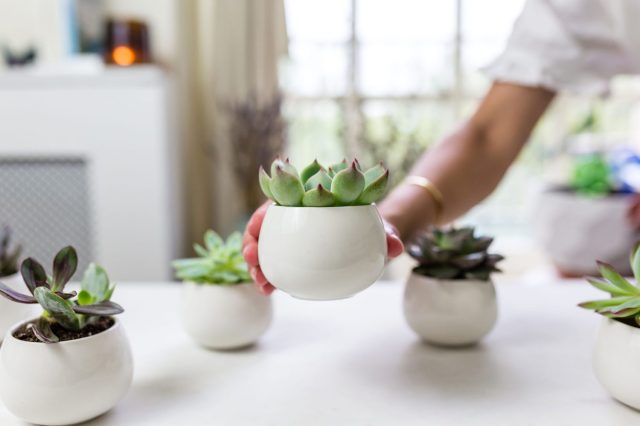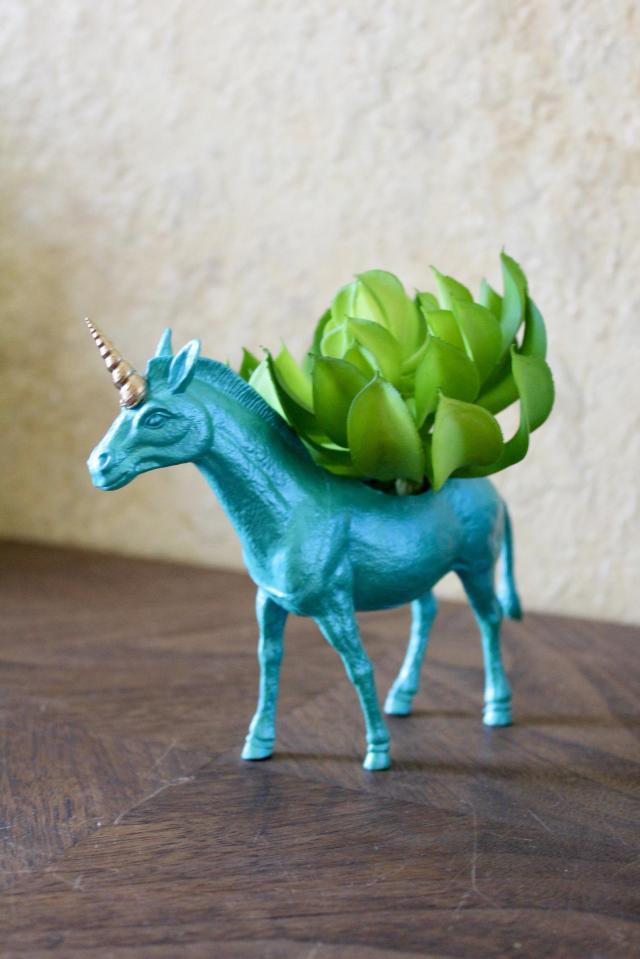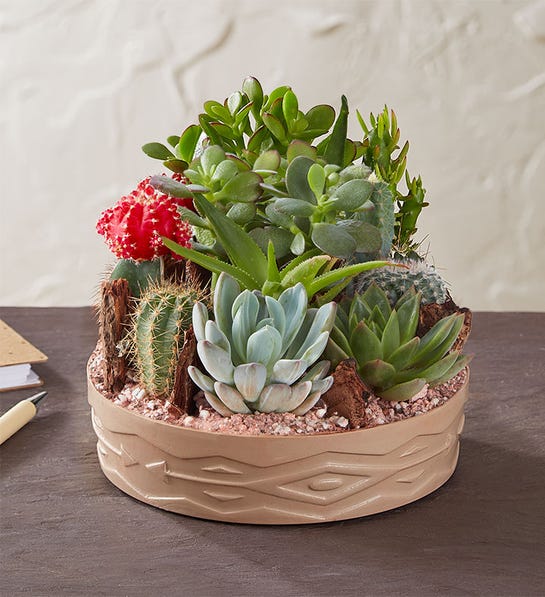Few things say summer more than a lemonade stand. And what better way to launch your kid’s entrepreneurial career? Lemonade stands are a ton of fun but also offer life lessons like goal-setting, confidence-building, and basic business skills—lessons that can set them on a path to succeed in life regardless of the path they choose.
Here are our 7 top lemonade stand tips to help your kids run the ultimate lemonade stand and get the most from the experience.
1. SET YOUR PRICE…OR MAYBE DON’T!
Our first lemonade stand tip is if your kids want to set a price for their lemonade, make sure they account for all the costs to ensure they’ll make money on each cup. It’s not just the lemons and sugar that cost money, don’t forget to factor in the cost of the cups, signs, and stand decorations.
But a totally different strategy is to not set a price at all. By asking people to pay what they want, they may raise even more money than if they set a price for each cup. If your kids are raising money for a good cause, or a local charity, this strategy can supercharge their revenue!
2. THE BEST LOCATION MAY NOT BE THE CLOSEST ONE
A lemonade stand starts strong if it’s located in a safe, accessible area with high foot traffic. If you live in a busy area, your front lawn, stoop, or driveway might be ideal. But if you live in a quieter location, think about partnering with a friend who lives in a busier area or setting up somewhere else in town. But be sure to check with your local government to make sure that they won’t need a permit.
3. THE MORE EYE-CATCHING THE BETTER
Streamers, balloons, big signs, and cute pets are all great ways for the stand to catch people’s attention. The more eye-catching the better. Check out some of the bright and colorful lemonade stands on Pinterest and Instagram for inspiration. Or better yet, encourage your kids to let their imagination fly and practice their creativity with their own ideas about how to get people’s attention.
4. PRACTICE THE PITCH
What will your kids say to potential customers? Most kids get nervous talking to adults or strangers. Have them figure out what they’ll say to potential customers, write it down, then practice the pitch. The more they practice, the more it will feel like reciting a line in a school play instead of talking to a stranger. Eventually, they’ll be so good at their pitch that they’ll stop being nervous and may even exude more confidence beyond their lemonade stand.
5. GET THE WORD OUT
Aside from making a big, eye-catching display, get a few customers by asking friends and family to stop by and support the stand. And don’t forget to spread the word on social media. You and your kids can also create flyers and pass them out around your neighborhood.
6. OFFER PAYMENT OPTIONS
Cash is king. But joggers, walkers, and cyclists usually don’t have cash on them. Let your kids borrow your phone to use your PayPal and Venmo accounts to collect money from their more active customers. Even if they’ve never collected any e-payments, a child with a sign that says “We accept Paypal and Venmo” will catch people’s attention and gain them some serious entrepreneurial cred.
7. MANAGE THE PROCEEDS
Have your kids do the math to figure out how much they sold (the revenue), how much they spent (the expenses), and what is left at the end (the profit). Make sure to let them know that while it’s great to raise money for a cause they believe in, there is nothing wrong with working hard to make money for themselves, too.
And if you need a recipe, here’s our favorite from The Startup Squad’s first book: juice from 6 lemons, 6 cups of water, and 1 cup of sugar. Yum!
